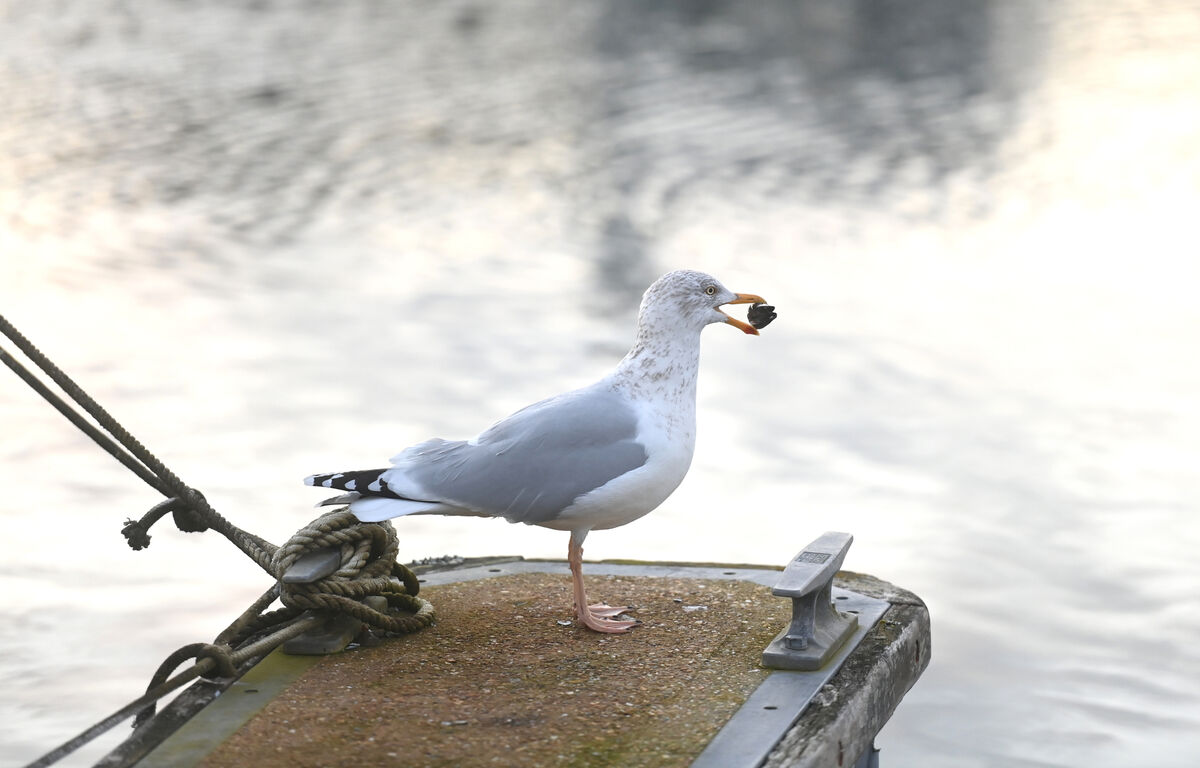Irish Examiner view: Housing plan has to sidestep old pitfalls — for everyone's sake

The plan is ambitious, with a bottom-line target of 303,000 new homes by the end of 2030 — an average of 50,500 homes per year. Picture: iStock
The Government’s new housing plan will be formally launched today, Thursday — but, as often happens with significant initiatives, its main points have been widely publicised for some time now.
The plan is an ambitious one, with a bottom-line target of 303,000 new homes by the end of 2030.
This works out at an average of 50,500 homes per year.
The construction of 90,000 starter homes over the next five years — 18,000 per annum — is also proposed, while targeted schemes are also expected.
The latter include the vacant refurbishment grant, aimed at bringing empty houses back into circulation, and an expert-advice grant to facilitate vacant shop spaces being used as homes.
There is no doubt that housing and accommodation are challenges which need a bold response. This plan’s sweeping measures will require large-scale investment, and the Land Development Agency’s budget may rise to €8.75bn as a consequence.
However, a note of caution must also be sounded.
This is the fourth housing plan which has been launched in the last 12 years, which suggests either a boom market in housing plans or a series of failed proposals that have sent successive ministers back to the drawing board.
It is no coincidence that the housing crisis has spiralled out of control in the aftermath of the financial crash, which was itself based on an unsustainable building boom in Ireland.
Have the lessons been learned from the combination of irresponsible financing and flawed regulation which helped to bring about that crash?
The mica scandal in Donegal is far from resolved. As recently as last June, we learned that a €2.5bn remediation scheme — which aims to address fire safety and water issues in Celtic Tiger-era apartments — will not be delivered until 2027.
That is a full 16 years after the High Court ordered the evacuation of Priory Hall because of those exact issues.
The housing crisis needs a multi-agency, large-scale response, and it is to be hoped that this plan will provide solutions. However, we must also hope that the errors of the past will not be repeated.
The power and reach of gambling were laid bare this week at the 35th annual research conference held by the St John of God Research Foundation.

As reported here by Sean Murray, conference speakers revealed that two in five online gamblers have more than one account, while 10% of gamblers bet while they’re in work.
One quarter of account-holders receive at least a daily notification encouraging them to bet, while one in six receives daily unsolicited emails or texts to gamble.
This relentless push from gambling companies jars somewhat with the image projected by that industry. Readers may be familiar with TV commercials showing families enjoying a punt in cosy domestic settings, which sidesteps the reality. Pressurising people to gamble with unsolicited communications is surely a more accurate illustration of those companies’ intentions.
It was at least encouraging to read comments from Anne Marie Caulfield, chief executive of the Gambling Regulatory Authority of Ireland (GRAI) , addressing this: “That’s something that you will be allowed to opt out of in future under the legislation, where you decide you do not want to receive those notifications.”
Ms Caulfield added that her organisation expected “legal pushback” on that legislation — the Gambling Regulation Act — which was enacted earlier this year.
It would be disingenuous to express surprise about such resistance from the gambling industry, but if it materialises, it should be well publicised.
That is because this week’s conference also heard that behavioural addictions in general are on the rise in Ireland, including gambling, gaming, and excessive screen time, many of which combine to the detriment of the addicted person.
If someone has an issue with online gambling and excessive screen time, for instance, it is easy to see how quickly those habits can become exponentially problematic in combination with each other.7The GRAI’s new licensing regime will not get under way until mid-2026. On this evidence, that is not a moment too soon.
Are we approaching a remedy to one of the great holiday problems that face us all? Researchers at the University of Exeter believe they have solved the problem of seagulls stealing holidaymakers’ food.

They arrived at their breakthrough after thorough experimentation in the field: they tested 61 herring gulls across nine seaside towns in Cornwall, putting a box of chips on the ground and, when gulls approached, playing a recording of a male voice shouting the words: “No, stay away, that’s my food.”
They played the same voice saying the same words —speaking, not shouting — as well as a robin’s birdsong. All sounds were played at the same volume, but half of the gulls who heard the shouting recording flew away within a minute.
Interesting — though Irish holidaymakers may face a different challenge from hungry seagulls, given regional variations in behaviour.
RTÉ’s Brainstorm reported recently that gulls in Dublin are far more aggressive and likely to steal food than their counterparts in Cork, a phenomenon many witnesses will corroborate.

UCC researcher Fidelma Butler outlined differences in the physical geography of the two cities and other factors which may have an impact on the differing behaviour of the two avian cohorts.
But the answer surely seems self-evident. Birds in Cork are simply better behaved.















